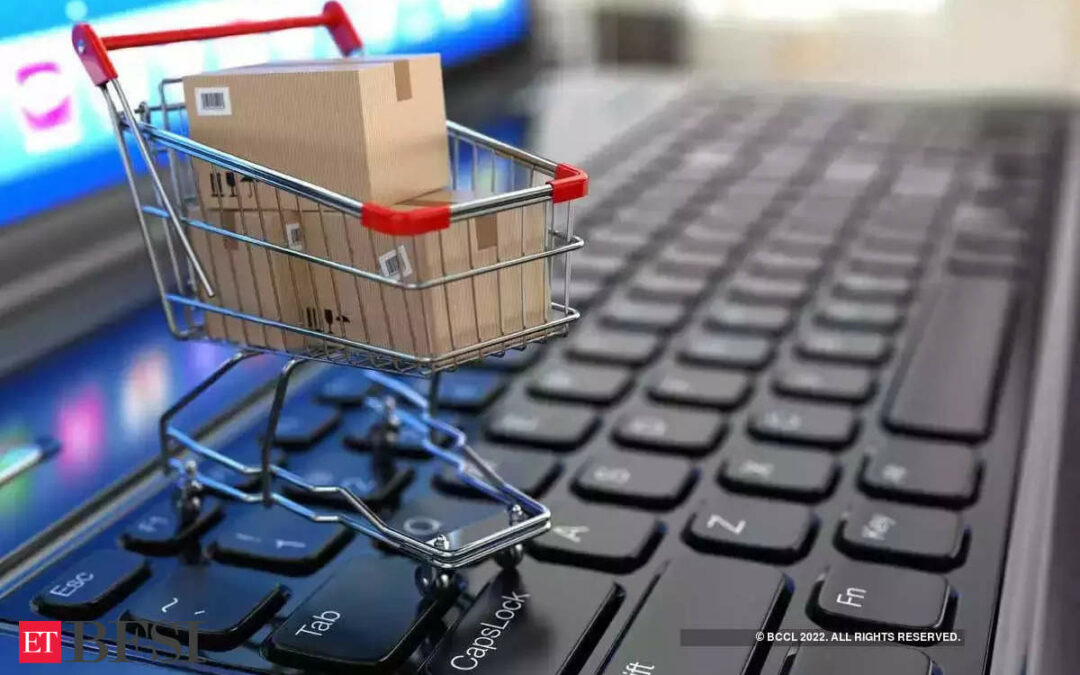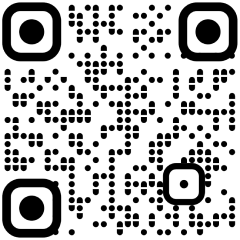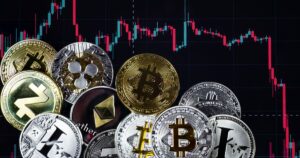The Indian e-commerce market is projected to grow at a compound annual growth rate (CAGR) of 21% and reach $ 325 billion in 2030, as per Deloitte’s report released on Monday.
The report said that the retail sector is expected to grow at 8%, e-commerce at 21%, and fast-moving consumer goods (FMCG) at 10%. All the sub-sectors will see a growth of 10% plus and minus than their sectors.
The reason for this growth is the income increase in affluent and middle-class households, whose contribution together is expected to increase from 32% to 48%. Affluent households generally opt for bigger pack sizes and a preference for premium goods which indicates a boost in spending capacity. However, non affluent consumers are choosing smaller and unbranded or more affordable products.
Talking at an event organised by the Federation of Indian Chambers of Commerce and Industry (FICCI) where this report was unveiled, union minister of food processing industries Chirag Paswan said India as a market not just gives huge opportunity domestically but also to the world. “Our population gives us diversity in every sector through new technologies and innovation,” he said.
The resilience and adaptability of the FMCG sector is key to shaping a strong and sustainable economy, Paswan added. He said that India should not compromise on the standard of products and ensure its quality.
Deloitte said while the consumer industry is driving the country’s economic resilience, a strategic partnership between the government and private sector is crucial to maintain this. Policies and reforms for inflation control, credit access, ease of doing business, incentivizing R&D, promoting health, and enhancing rural infrastructure are significant, it said.
Quick commerce with faster deliveries is expected to grow significantly in non-metro cities. While Quick commerce becomes the preferred medium for immediate needs and impulse purchases, e-commerce is favoured for more planned purchases like home, beauty and personal care.
“Online is about 10% of FMCG sales. Within that, quick commerce holds 35% of the share of all FMCG online sales. So, quick commerce will impact e-commerce chains and modern trade. There will be some cannibalisation within the modern formats itself. Considering the convenience that quick commerce provides and its entry into other categories like mobile phones, it will eat into the revenue of the larger players and that’s why they are also getting into quick commerce. Some e-commerce marketplaces have already done it. Others will also get into it,” Anand Ramanathan, partner of consumer products and retail sector leader at Deloitte India told ET.
India’s FMCG, e-commerce, and retail sectors depend on strategic mergers and acquisitions (M&As) to focus on long-term growth and competitiveness. Nearly 60% of these M&As happen in related areas while 30% try to diversify through these deals, the report said.
“Across these consumer sectors, we observe common threads of driving premiumization, accelerating new product development and the adoption of digital at scale,” Ramanathan said during the unveiling of the report.
About 78% of the consumers are now willing to pay some premium on healthy food and beverages. An increasing trend of avoiding ultra-processed foods is observed. Consumers are also ready to pay extra for sustainable products, eco-friendly and minimal packaging, clean labels, ethically sourced products, and brands that engage in ethical labour practices. The market of clean-label ingredients reported a 20.7% compound annual growth rate (CAGR) between 2018 and 2022. Indian retailers are also launching more and more private labels priced 25-40% lower than other brands for price-sensitive consumers.
“Notably, the number of registered complaints has doubled since last year, indicating growing consumer confidence in national grievance redressal mechanism,” said Nidhi Khare, secretary of the department of consumer affairs from the ministry of consumer affairs, food, and public distribution.












